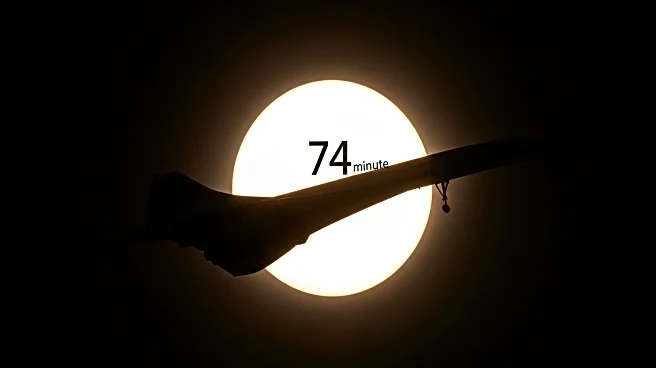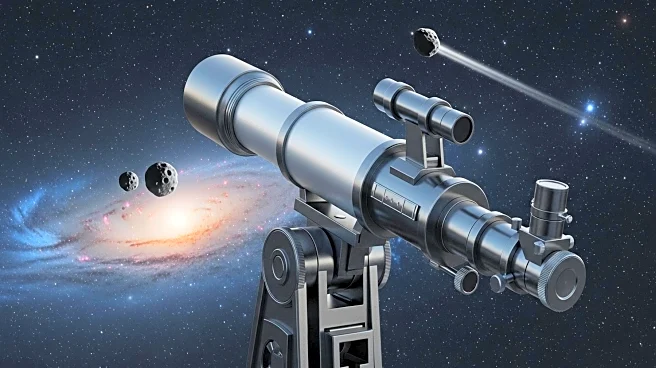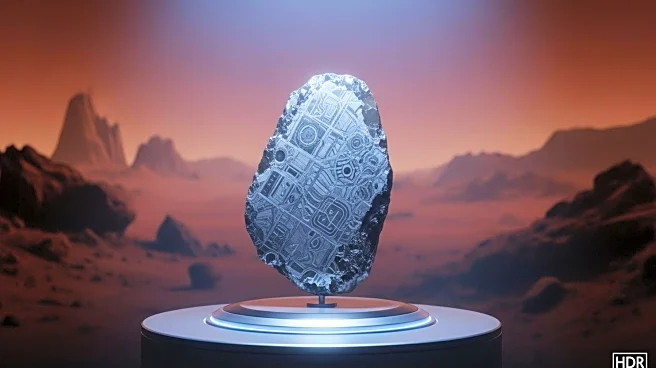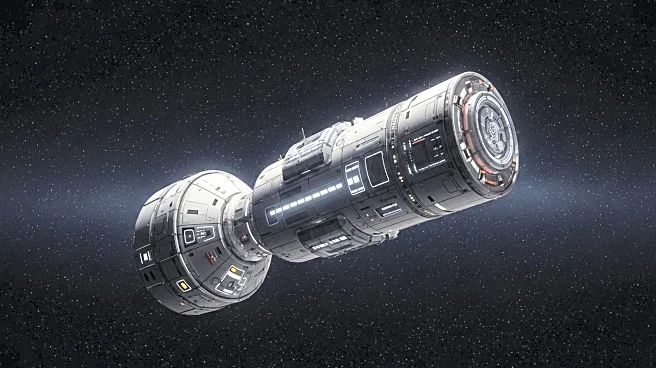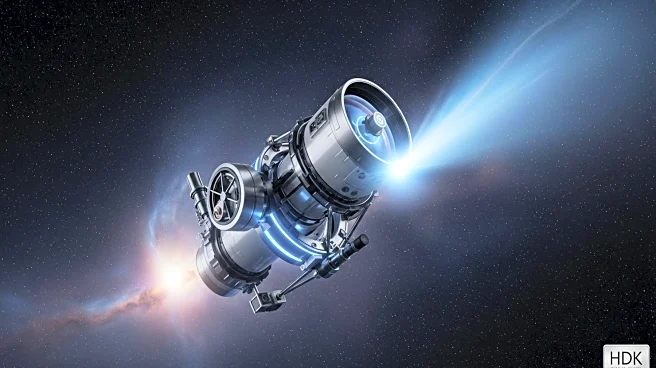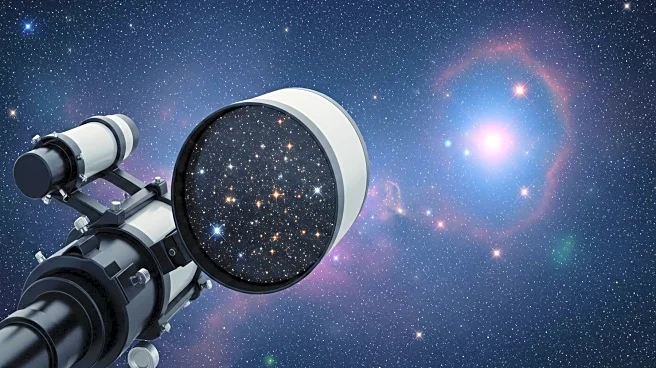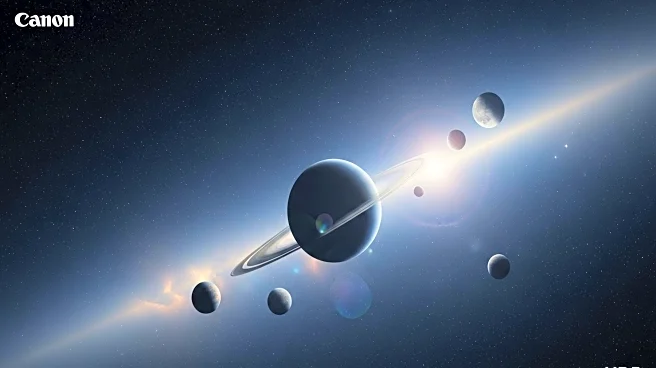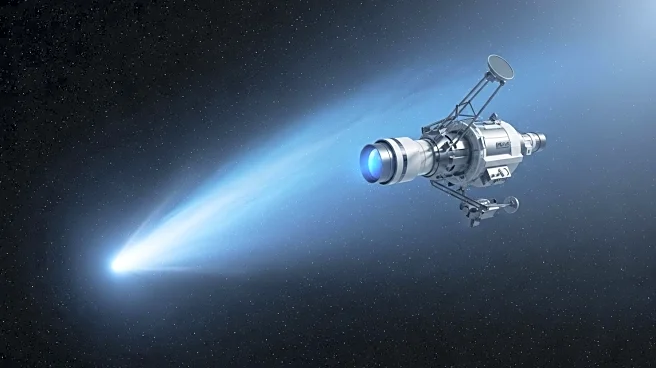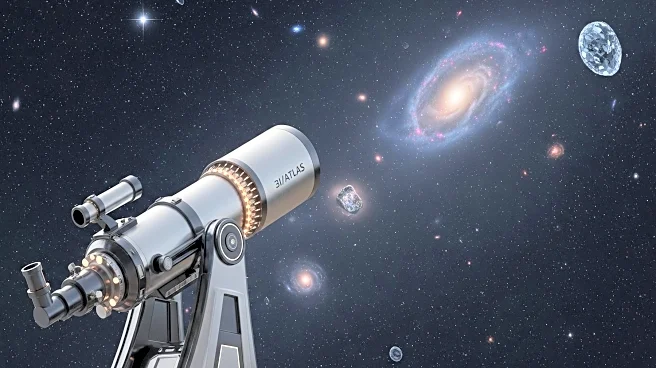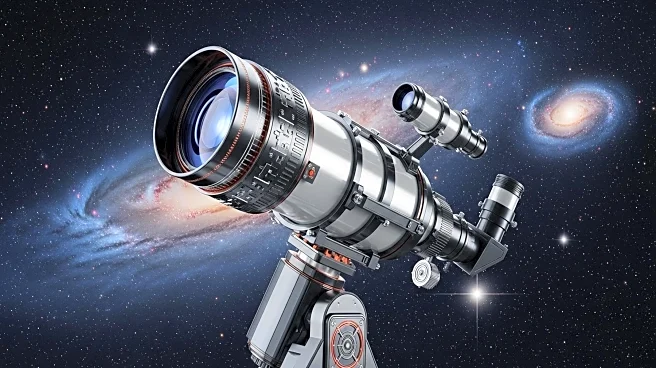What is the story about?
What's Happening?
On June 30, 1973, scientists aboard Concorde 001 achieved a record-breaking 74-minute observation of a total solar eclipse over the Sahara Desert. By synchronizing the supersonic jet's speed with the Moon's shadow, the team extended the eclipse's totality beyond ground-based limits. This mission provided unprecedented insights into the solar corona, transforming eclipse studies and demonstrating the potential of airborne observation methods. The success of the Concorde mission paved the way for modern eclipse research, influencing current practices such as NASA's use of WB-57 aircraft for stratospheric observations.
Why It's Important?
The Concorde mission revolutionized the study of solar eclipses, offering a new paradigm for observing rare astronomical events. By extending the duration of totality, scientists gained valuable data on the solar corona, contributing to a deeper understanding of solar physics. This approach demonstrated the advantages of supersonic flight in eclipse studies, inspiring future generations of astronomers and engineers. The legacy of the mission continues to influence modern solar research, highlighting the importance of innovation and technology in advancing scientific knowledge.
Beyond the Headlines
The Concorde experiment bridged the era of human ingenuity in flight-based observation with the current era of satellite and digital sensor technology. It showcased how creativity and technology can extend humanity's understanding of the cosmos, emphasizing the role of interdisciplinary collaboration in scientific discovery. The mission's success underscores the potential of combining aviation and astronomy expertise to achieve groundbreaking results.
AI Generated Content
Do you find this article useful?
